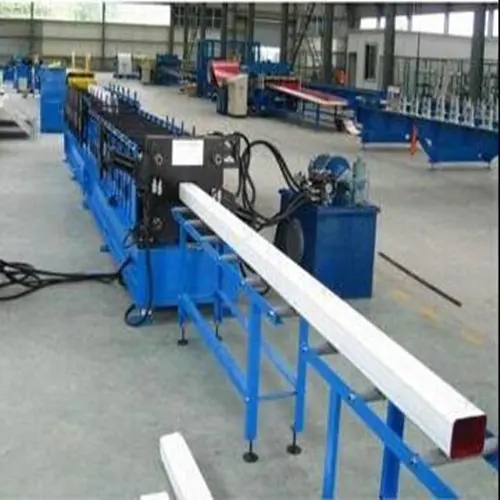
Sandwich Wall Panel Equipment Revolutionizing Construction
In the modern construction industry, efficiency, sustainability, and structural integrity are paramount. Among the innovations that have emerged to address these needs is sandwich wall panel equipment. This technology is redefining how walls are constructed, offering a blend of practicality and versatility.
What is Sandwich Wall Panel Equipment?
At its core, sandwich wall panel equipment is designed to produce prefabricated wall panels that consist of two outer layers, usually made of concrete, steel, or composite materials, enclosing a layer of insulating core material. This core can be made from various insulating materials, such as polystyrene, polyurethane, or mineral wool, providing significant thermal and acoustic insulation.
Advantages of Sandwich Wall Panels
1. Energy Efficiency One of the standout features of sandwich wall panels is their exceptional insulating properties. With the rise in energy costs and a growing emphasis on sustainability, these panels can drastically reduce heating and cooling requirements in buildings, leading to lower energy bills and a smaller carbon footprint.
2. Speed of Construction Traditionally, constructing walls can be a time-consuming process requiring extensive labor and various materials. Sandwich wall panels, however, can be quickly manufactured offsite and assembled onsite, significantly speeding up the construction timeline. This efficiency not only saves time but also reduces labor costs.

3. Durability and Strength Sandwich wall panels provide excellent structural integrity, making them suitable for a variety of applications, from residential homes to commercial buildings. Their robust composition translates to minimal maintenance requirements and a long service life.
4. Design Flexibility The capability to customize sandwich wall panels allows architects and builders to achieve diverse aesthetic effects while meeting specific structural demands. The panels can be produced in various colors, finishes, and sizes, accommodating different design visions.
The Process of Manufacturing
The manufacturing process of sandwich wall panel equipment typically involves several steps, including the preparation of raw materials, assembly of layers, and curing. Advanced machinery, such as automated cutting and pressing systems, ensures high precision and consistency in each panel produced. By leveraging technology, manufacturers can optimize production rates and minimize waste.
Conclusion
In conclusion, sandwich wall panel equipment represents a significant advancement in the construction industry, blending efficiency, sustainability, and design innovation. As builders and architects continue to seek ways to improve construction practices, the adoption of sandwich wall panels is expected to grow, paving the way for a more sustainable future in building design and construction. Embracing this technology not only enhances the construction process but also contributes to a greener planet.